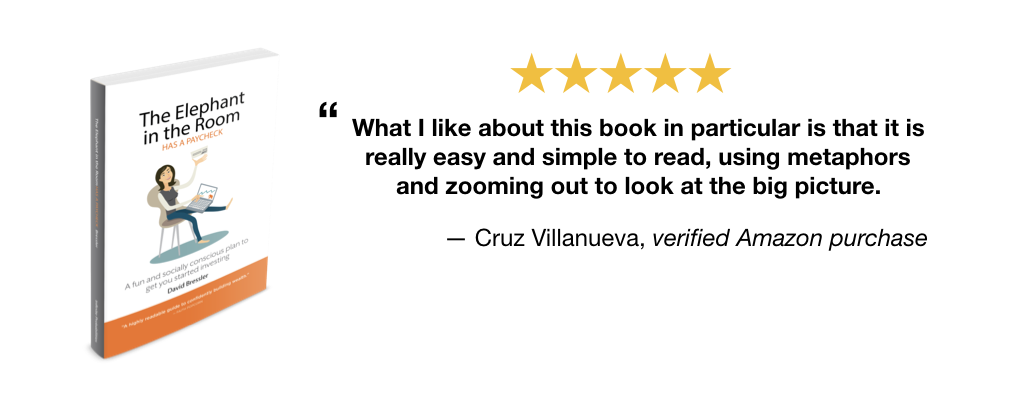Dividends are payments some companies make to shareholders
Owning shares of stock in the company make one an owner, and as such, they receive these payouts. Dividend payments are not necessarily profits, as dividends are generally more stable than profits.
Paying a dividend is often thought of as something done by companies when they don’t have anywhere better to invest the company’s cash. Maybe this is true but is missing the point. Some companies decide to pay dividends, others don’t.
Dividends as an indicator of the company’s future
Once companies start paying dividends, the market generally views it unfavorably if there’s a lot of uncertainty about the dividend. So, companies are conservative about starting a dividend because stopping it often is a negative signal about the company’s future. They’re also conservative about the payout so they don’t have to reduce the dividend to fund other important projects that may arise.
Because of this point of view, that a company’s future is indicated by the health of the dividend once
On the other hand, increasing dividends is viewed as a positive tell about the future of the company. In fact, there’s even a class of companies that have raised dividends every single year continuously for 25 years or more. They’re called dividend aristocrats.
Dividend’s impact on share price
What really matters as an investor is that if you own a share of stock that pays a dividend, you receive a dividend payout. While you receive the dividend payout, it does not affect your ownership. If you own one share of stock before the dividend is paid after the dividend is paid you still own that share.
In theory when the payout is paid the price of the stock is reduced by that amount. However, in practice, it’s hard to see the impact of dividend payments on the share price because stock volatility (the up and down changes in stock prices) hides the impact except perhaps in one case.
Sometimes companies choose to pay a “special” dividend. If they’ve accumulated cash but have no use for it, it’s often not helpful to keep it on the company’s balance sheet (for reasons beyond the scope of this post) so they return the cash to shareholders in one lump sum. Because special dividends are typically larger than regular dividends, it’s more likely to see the impact on the of the dividend distribution on the price of each share.
Dividend payment schedules
Dividends are usually paid quarterly. I find that the most accurate site to use to see a company’s dividend schedule is the Nasdaq quote site. Enter a ticker symbol to get that company’s schedule. A ticker symbol is a code used to identify the company. If you don’t know what a ticker symbol is, take a look at Apple’s dividend schedule.
Dividend investing is fun
I have always found one of the most fun things about investing is getting a dividend. It’s hard proof that my money is making money.
This is especially true for kids who get a kick out of the idea that they own a piece of the companies whose products they’re familiar with, such as Disney, Apple, or McDonald’s.
Read more
This post was written as one of the foundational posts to help you understand some investing basics. There are four more foundational posts I recommend reading:
- What does it mean to reinvest dividends?
- What are the dividend aristocrats?
- How do you get started?
- What do you measure?


Let me know what you think